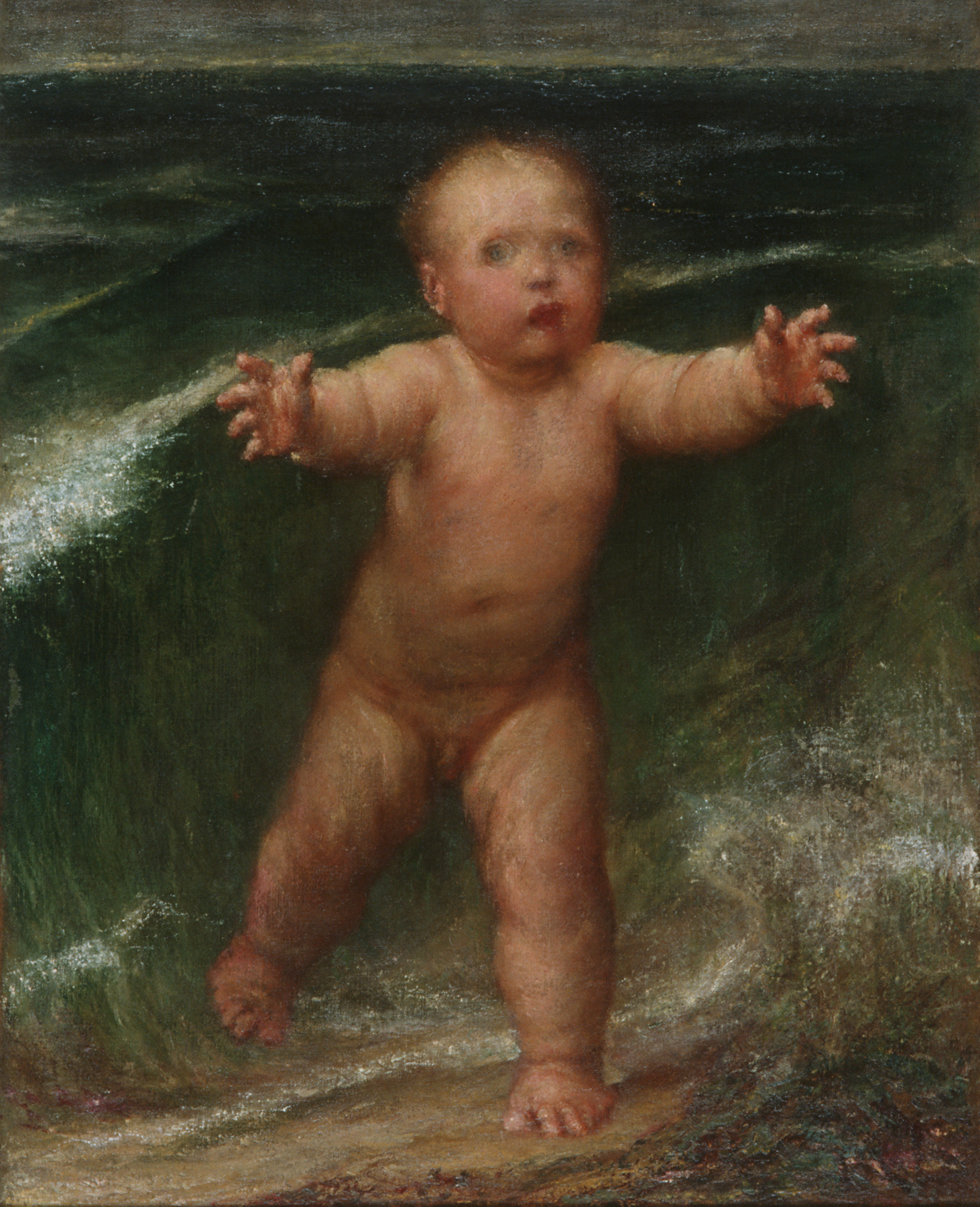Whence? Whither?, George Frederick Watts
Artwork Overview
George Frederick Watts, artist
1817–1904
Whence? Whither?,
1904
Where object was made: England, United Kingdom
Material/technique: canvas; oil
Dimensions:
Canvas/Support (Height x Width x Depth): 56.1 x 53.7 cm
Canvas/Support (Height x Width x Depth): 22 1/16 x 21 1/8 in
Frame Dimensions (Height x Width x Depth): 33 15/16 x 29 3/16 in
Canvas/Support (Height x Width x Depth): 56.1 x 53.7 cm
Canvas/Support (Height x Width x Depth): 22 1/16 x 21 1/8 in
Frame Dimensions (Height x Width x Depth): 33 15/16 x 29 3/16 in
Credit line: Museum purchase
Accession number: 1979.0086
Not on display
If you wish to reproduce this image, please submit an image request

